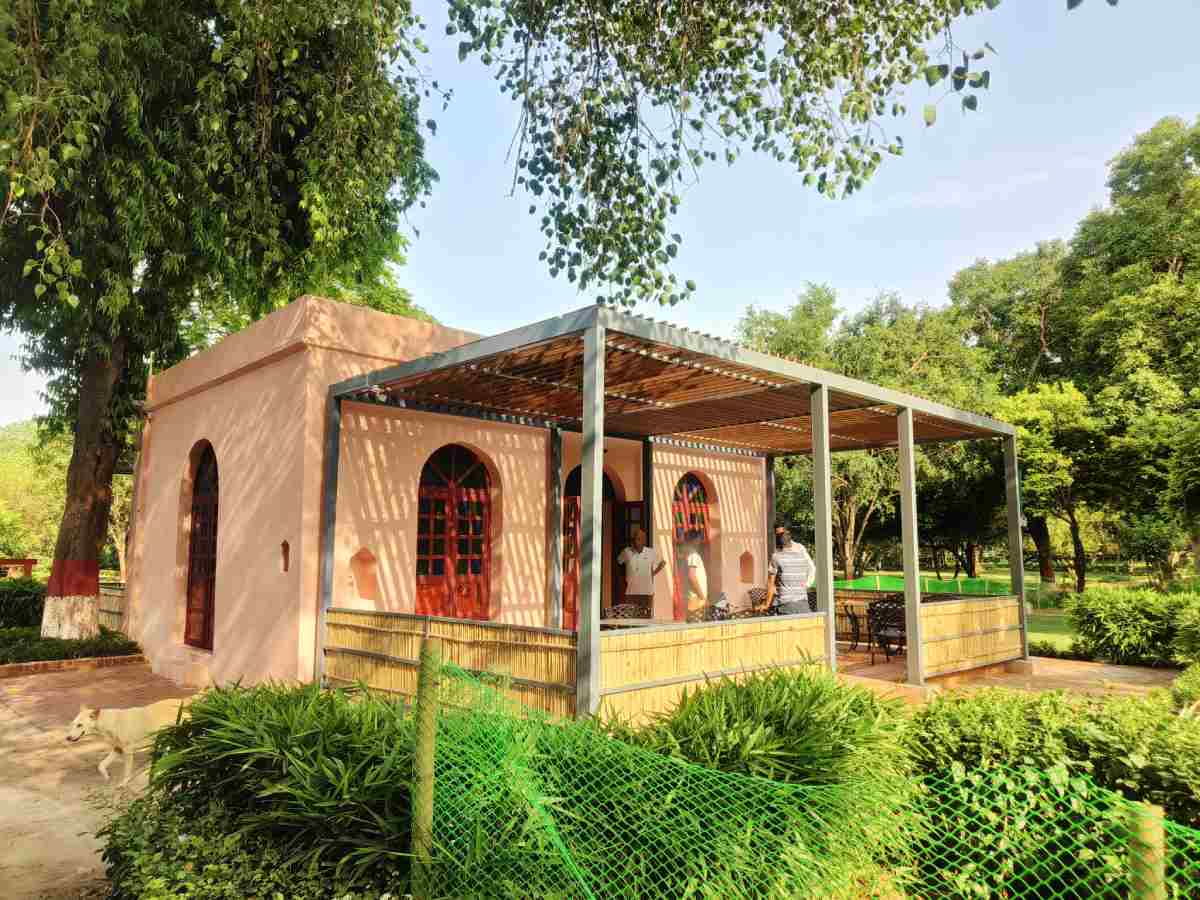Shalimar Bagh: As the sun rises over North Delhi, the gentle rustle of mango leaves and the sweet chirping of birds form a morning melody that feels both timeless and new. The air, heavy with the scent of dew and fruit, carries whispers of history alongside the vibrant footsteps of a new era. This is Shalimar Bagh—once a dense forest retreat for Mughal emperors, now a thriving public space where heritage and modernity meet in quiet celebration.
Shalimar Bagh was originally laid out in 1653 by Mughal emperor Shah Jahan as a royal retreat. For centuries, it remained a lesser-known part of Delhi’s historical landscape. Tucked away behind city roads and residential clusters, the area remained relatively underdeveloped and forested for years. Locals often recalled it as a silent, overgrown space where time seemed to stand still—an island of forgotten history cloaked in wild greenery.
In recent years, however, the Bagh has undergone a dramatic transformation. What was once a secluded zone is now a blooming centre of community life and cultural revival. The transition from forgotten forestland to bustling urban sanctuary has been both organic and deliberate, thanks to the combined efforts of the Delhi Development Department (DDD) and the Archaeological Survey of India (ASI).
Also read: Boating relaunch at Purana Qila misses second deadline
A park that breathes life
At the heart of this revival is the landscaped park that now sprawls across the Bagh. Designed with care while respecting the original Mughal layout, it has become a daily refuge for early risers and fitness enthusiasts. Joggers circle beneath century-old trees. Children race across open lawns. Elderly citizens gather on benches to exchange stories over flasks of homemade chai.
The shaded walking trails are dotted with native flowering plants and historical signage that quietly reminds visitors of the site’s noble past. Mango trees still stand as they did in the Mughal era, their sweet fruit attracting both birds and visitors. During mango season, the aroma alone draws crowds.
A sip of culture: The tea café
Among the newest additions is a charming tea café, established by the Delhi Development Department. Built within the garden premises with a minimalist, rustic aesthetic, the café features clay walls and simple furniture that blend harmoniously with the natural surroundings. The scent of freshly brewed tea mingles with the earthy aroma of the garden.
Frequented by morning walkers, yoga groups, students, and tourists alike, the café has become more than just a place to sip tea—it is a gathering spot for conversation, reflection, and community.
Books and breeze: The new book café
A few metres from the tea corner, nestled under a leafy canopy, stands the newly inaugurated book café, also developed by the DDA. Though small, it is a significant addition and is poised to become the intellectual heart of the Bagh. Stocked with books on history, poetry, the environment, and art—including titles on Delhi’s Mughal legacy—it invites readers to sink into steel chairs and lose themselves in literature.
With a reading deck overlooking one of the garden’s ancient water channels, the café offers not only rich content but also a serene ambiance. Young writers and students often gather here to work on assignments or hold informal discussions. In the coming months, the café also plans to host book readings, author talks, and poetry slams, turning Shalimar Bagh into a subtle yet powerful cultural destination.
Both the tea café and the book café are slated for official inauguration in the coming days by the Lieutenant Governor of Delhi.
“There is a dire need to transform Shalimar Bagh into a vibrant public space,” said a senior DDA official. “It used to be a forested area once—now look at the changes we’ve brought in. Facilities like a book café and a tea café will add charm and enhance its appeal.”
“The aim of restoring such places is to revive forgotten sites and bring them back into the public eye, so that Delhiites can reconnect with them,” he added.
A heritage revived
The Bagh’s rebirth is not limited to cafés and walking trails. At its core lies a thoughtful restoration of historical structures by the Archaeological Survey of India. Several key Mughal-era buildings are being carefully conserved, reviving their past splendour for future generations.
Chief among these is the Sheesh Mahal, a palace known for its intricate mirror work and royal grandeur. Although still under conservation, glimpses of its façade hint at its former glory. The Haathi Khana, once used as stables for royal elephants, and two Baradari pavilions—open-sided structures typical of Mughal garden architecture—are also being restored.
“We are currently restoring these structures. Work such as lime pruning, plastering, and the replacement of red sandstone is underway. The project is in its final stage and is expected to be completed within two months,” said an ASI official.
“Once fully opened to the public, these structures will not only attract heritage lovers and history buffs but also offer an immersive experience of walking through the very spaces once graced by emperors and courtiers,” he added.
Also read: International Museum Day: A look at Delhi’s hidden heritage
A space for all
What sets the new Shalimar Bagh apart is its inclusivity. It is not just a park or a heritage site or a café zone—it is all of those at once. For the elderly, it is a peaceful retreat. For youth, a trendy hangout. For artists and readers, a creative sanctuary. For families, a weekend outing spot. And for historians, a living archive.
Perhaps the garden’s greatest charm lies in its ability to let the past breathe gently into the present. Shalimar Bagh does not shout its importance. It whispers it—through birdsong, the rustle of leaves, the echo of laughter, and the quiet turning of pages at the book café.
In a city as fast-paced and congested as Delhi, Shalimar Bagh is a revelation—a space where the past and present coexist in graceful harmony. From forested obscurity to flourishing cultural hub, it has come a long way. The chirping of birds and the rustling of mango trees still frame the scene, but now they are joined by the clink of teacups, the murmur of readers, and the laughter of children—each sound a note in an ongoing transformation.
Shalimar Bagh is no longer just a relic of Delhi’s royal past. It is a living, breathing part of its vibrant present.




